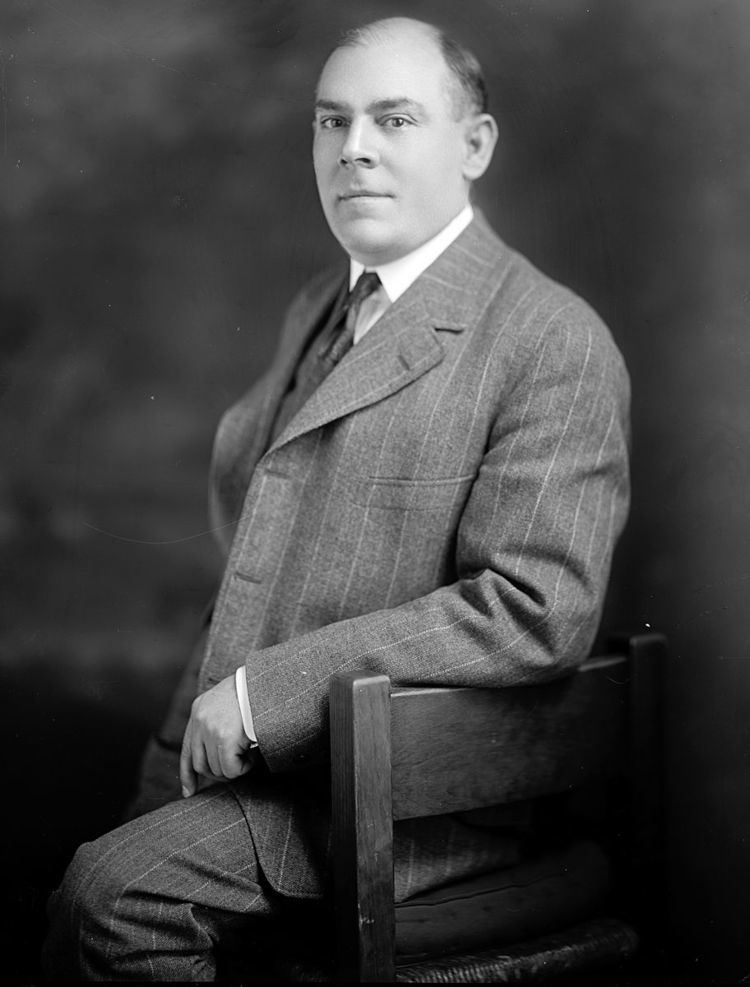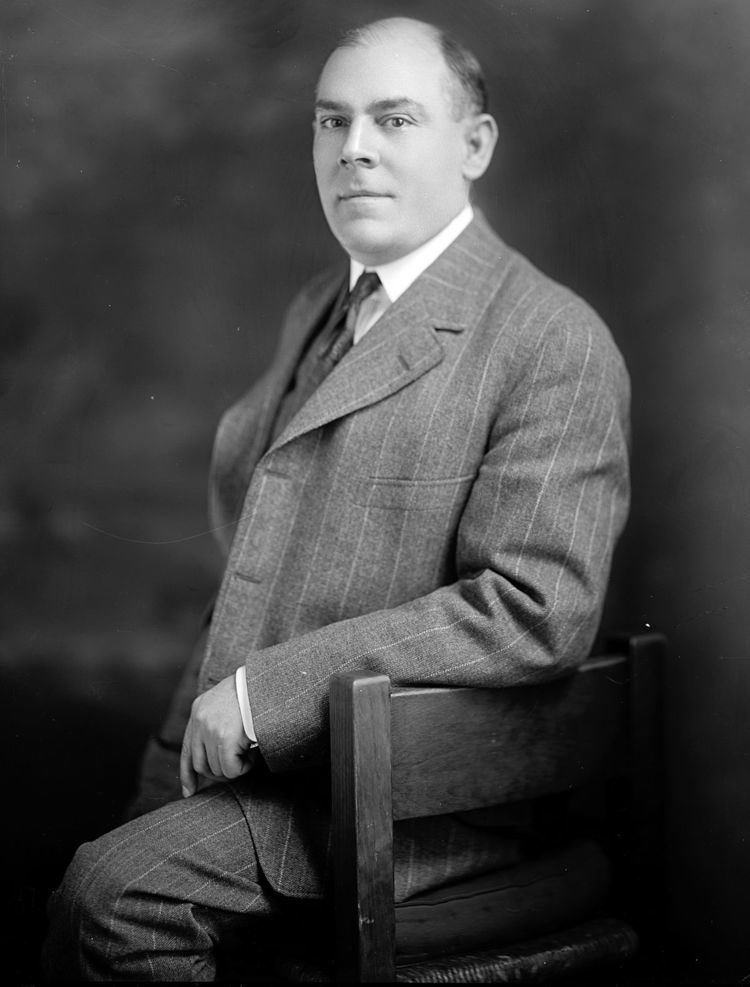Name Lewis Morgan Resigned March 3, 1917 | Spouse(s) Lenora Cefalu Morgan Preceded by Fritz Salman Role American Politician Resting place Louisiana | |
 | ||
Born March 2, 1876MandevilleSt. Tammany Parish, Louisiana ( 1876-03-02 ) Political party DemocraticGubernatorial runoff candidate, 1944 Alma mater St. Eugene's CollegeTulane University Law School Education | ||
Succeeded by Jared Y. Sanders, Sr. | ||
Lewis Lovering Morgan (March 2, 1876 – June 10, 1950) was an American lawyer and politician from Covington, Louisiana.
Contents

He served in the United States House of Representatives from November 5, 1912, to March 4, 1917, from Louisiana's 6th congressional district, which then included part of the New Orleans area. He is best remembered as the candidate of the Earl Kemp Long faction, which lost the pivotal Democratic nomination for governor of Louisiana to Jimmie Davis in the 1944 Louisiana gubernatorial election.
Early life and education
Morgan was born in Mandeville in St. Tammany Parish. He was a descendant of David Bannister Morgan (1773–1848), a pioneer in the settlement of Louisiana and a brigadier general in the Battle of New Orleans in the War of 1812. Morgan attended public schools and St. Eugene's College in St. Tammany Parish. In 1899, he graduated from the Tulane University Law School in New Orleans.
Career
Morgan was admitted to the bar in 1902 and began his law practice in Covington, the seat of St. Tammany Parish. He married the former Lenora Cefalu, and the couple had two children.
From 1900 to 1908, Morgan was the president of the St. Tammany Parish Board of Election Supervisors; from 1904 to 1908, he was the president of the parish school board. He served briefly in the Louisiana House of Representatives in 1908 but resigned to become the St. Tammany Parish district attorney. He served in that position from 1908 to 1912, when he was elected to the U.S. House of Representatives in a special election to fill the vacancy caused by the death of Representative Robert C. Wickliffe. He did not seek a third congressional term in 1916 but instead resumed his law practice in 1917 in both Covington and New Orleans.
Morgan was a delegate to the 1912 and 1936 Democratic National Conventions, which nominated Woodrow Wilson and Franklin D. Roosevelt. He was also a delegate to the Democratic State Conventions of 1912, 1916, 1920, and 1924.
Morgan was an unsuccessful candidate for governor in the election of 1944, having been backed by New Orleans Mayor Robert Maestri as the choice of the Long faction. Former Governor Earl Long was running for lieutenant governor that year, and Long had a plurality in the first primary election. Morgan was pressured to withdraw from the runoff against Davis. Had he done so, Earl Long would have become lieutenant governor without the need of a party runoff primary. By contesting the second balloting with Davis, Morgan set the stage inadvertently for J. Emile Verret of New Iberia, the seat of Iberia Parish, to defeat Earl Long for the nomination to the state's second highest office. (See Wade O. Martin, Jr., for more details on the 1944 election.)
Davis received 251,228 votes (53.6 percent) to Morgan's 217,915 ballots (46.5 percent). At sixty-eight, Morgan was one of the oldest major candidates to have sought the Louisiana governorship. In 1964, the Republican nominee, Charlton H. Lyons, Sr., of Shreveport, sought the office at the age of sixty-nine, and his successful Democratic opponent, John J. McKeithen, made age an issue in that race.
Morgan died in New Orleans. He is interred at Covington Cemetery in Covington. He was Episcopalian.
